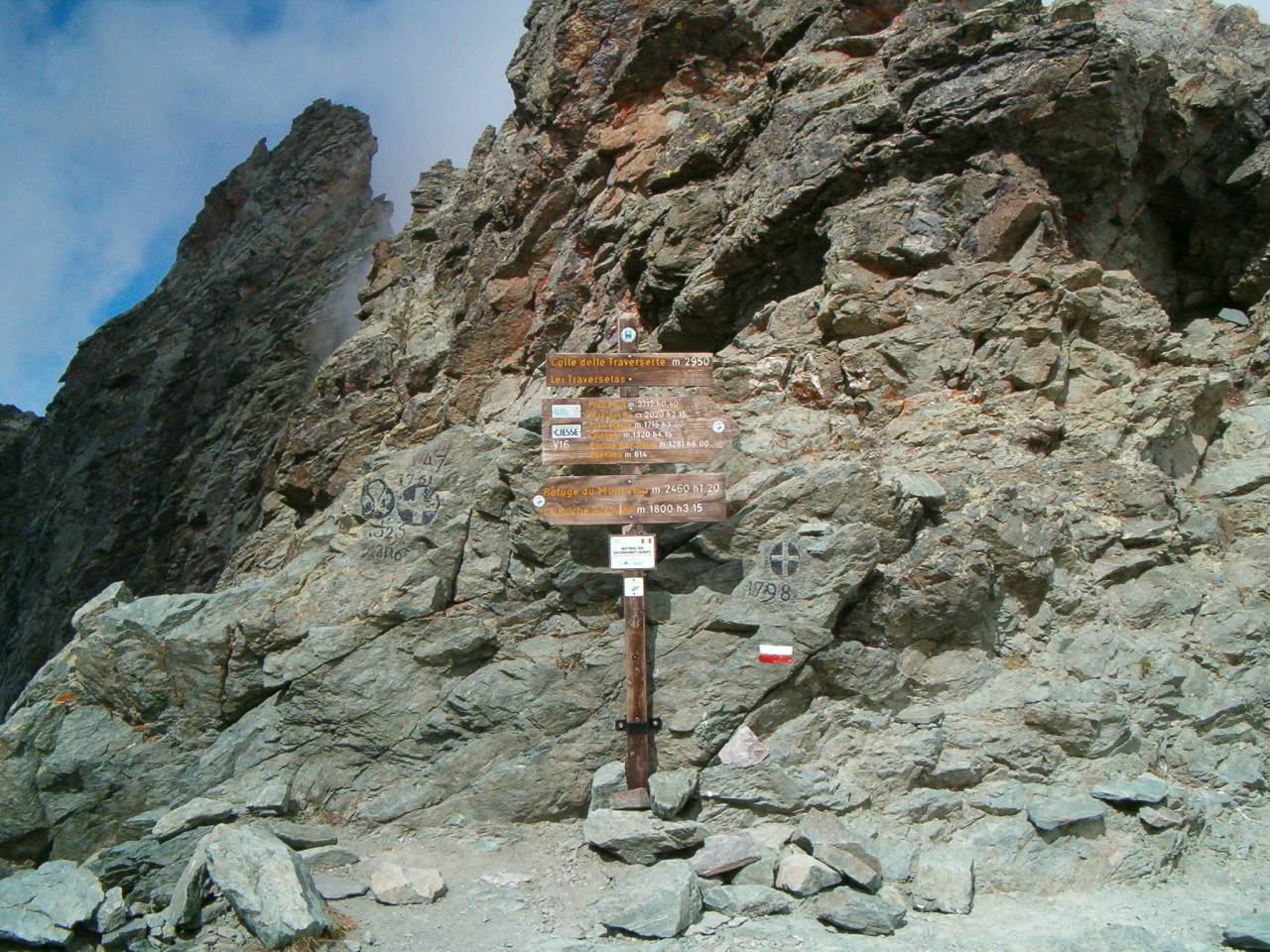Col De La Traversette on:
[Wikipedia]
[Google]
[Amazon]
 The Col de la Traversette () is a bridle pass with an altitude of in the
The Col de la Traversette () is a bridle pass with an altitude of in the
08912963.2017.1287178 "When legend, history and science rhyme: Hannibal’s war elephants as an explanation to large vertebrate skeletons found in Italy"
''Hist Biol.''
 The Col de la Traversette () is a bridle pass with an altitude of in the
The Col de la Traversette () is a bridle pass with an altitude of in the Cottian Alps
The Cottian Alps (; ; ) are a mountain range in the southwestern part of the Alps. They form the border between France (Hautes-Alpes and Savoie) and Italy (Piedmont). The Fréjus Road Tunnel and Fréjus Rail Tunnel between Modane and Susa, Ital ...
. Located between Crissolo and Abriès, it lies on the border between Italy and France and separates the Monviso
Monte Viso or Monviso (; ; or simply ) is the highest mountain of the Cottian Alps, located in Piedmont, Italy, close to the French border. Monte Viso is well known for its pyramid-like shape. Because it is higher than all its neighbouring peak ...
() from the Monte Granero (). The Blue Trail of the Via Alpina
The Via Alpina is a network of five long-distance hiking trails across the Alps, alpine regions of Slovenia, Austria, Germany, Liechtenstein, Switzerland, Italy, France, and Monaco. The longest of trails is the red trail, whose termini are in Trie ...
and the Giro di Viso cross the pass.
The Monte Viso Tunnel (French: , Italian: ) is a pedestrian tunnel constructed between 1478 and 1480 to bypass the Col.
Possible site of Hannibal's Alpine crossing
In the 1950s,Gavin de Beer
Sir Gavin Rylands de Beer (1 November 1899 – 21 June 1972) was a British evolutionary embryologist, known for his work on heterochrony as recorded in his 1930 book ''Embryos and Ancestors''. He was director of the Natural History Museum, Lond ...
was the first to propose the pass as the likely site at which Hannibal had crossed the Alps. However, the eminent Polybian scholar F. W. Walbank rejected de Beer's theory in 1956.
De Beer's thesis received renewed support in 2016 when geologist William Mahaney et al. reported that sediments had been identified near the pass that had been churned up by "the constant movement of thousands of animals and humans" and dated them to approximately 218 BC, the time of Hannibal's invasion.
However, since the radiocarbon dating
Radiocarbon dating (also referred to as carbon dating or carbon-14 dating) is a method for Chronological dating, determining the age of an object containing organic material by using the properties of carbon-14, radiocarbon, a radioactive Isotop ...
method that processed the Mahaney expedition samples had a standard deviation of plus or minus 60 years, and several other armies are known to have crossed the Alps in this period, Mahaney's findings were not definitive despite widespread speculation at the time. In particular, no Carthaginian artifacts or elephant bones attributable to the numerous fatalities suffered by the army have been found.
Further reading
*Romano M, Palombo MR (2017)08912963.2017.1287178 "When legend, history and science rhyme: Hannibal’s war elephants as an explanation to large vertebrate skeletons found in Italy"
''Hist Biol.''
References
External links
{{coord, 44.7105, N, 7.0664, E, source:wikidata, display=title Mountain passes of the Alps